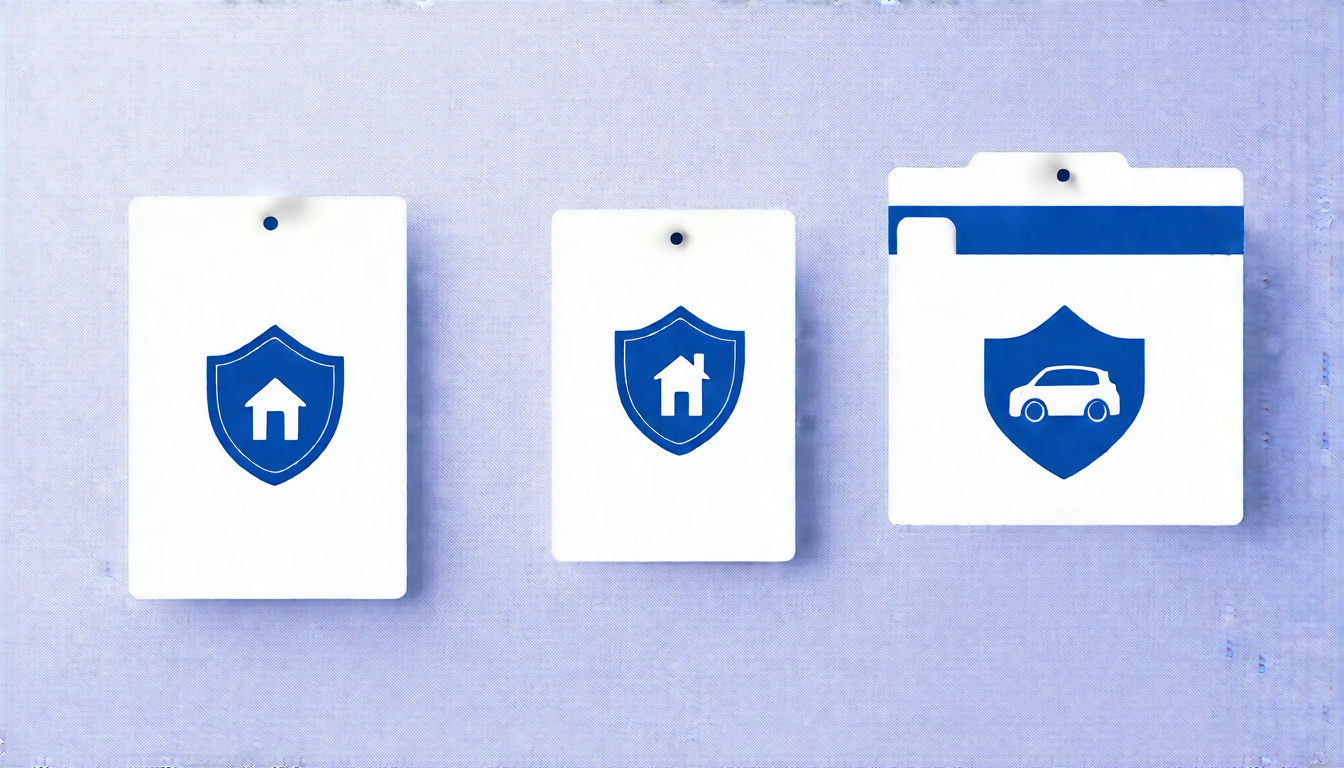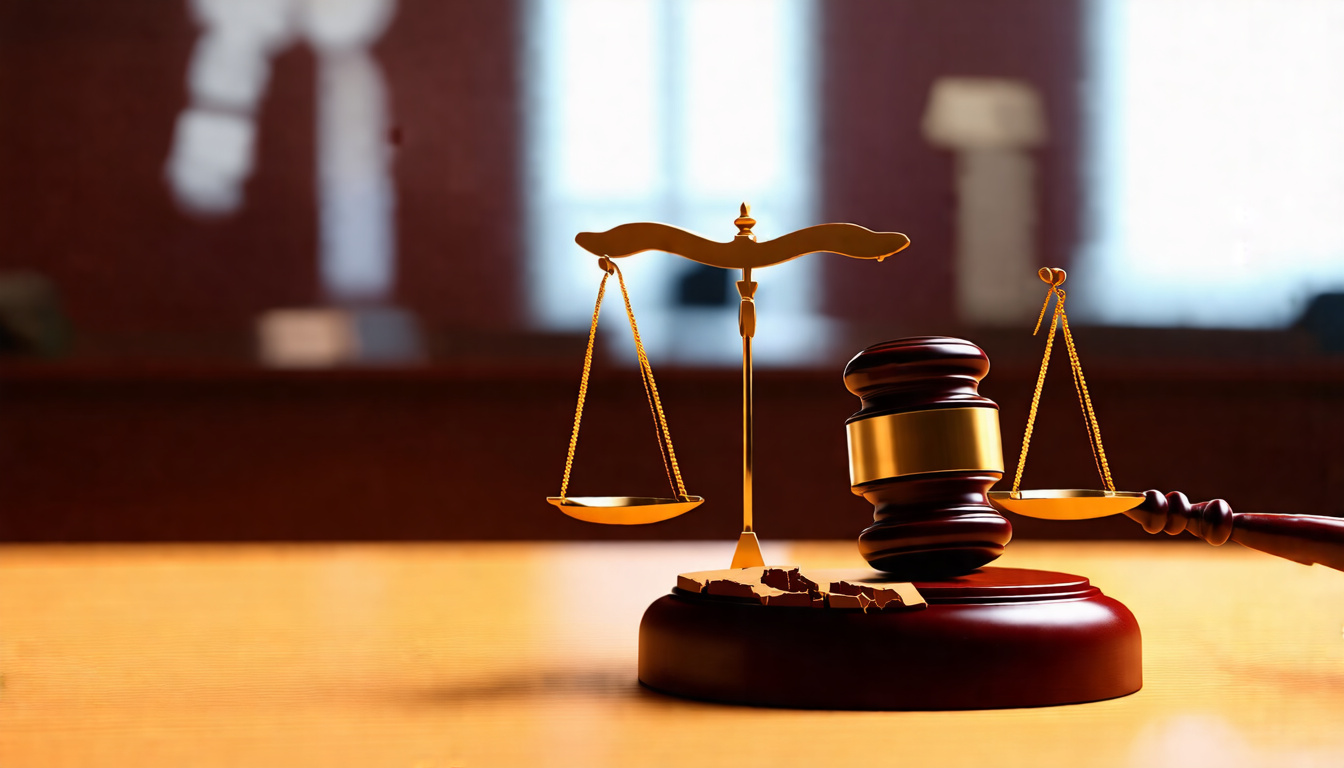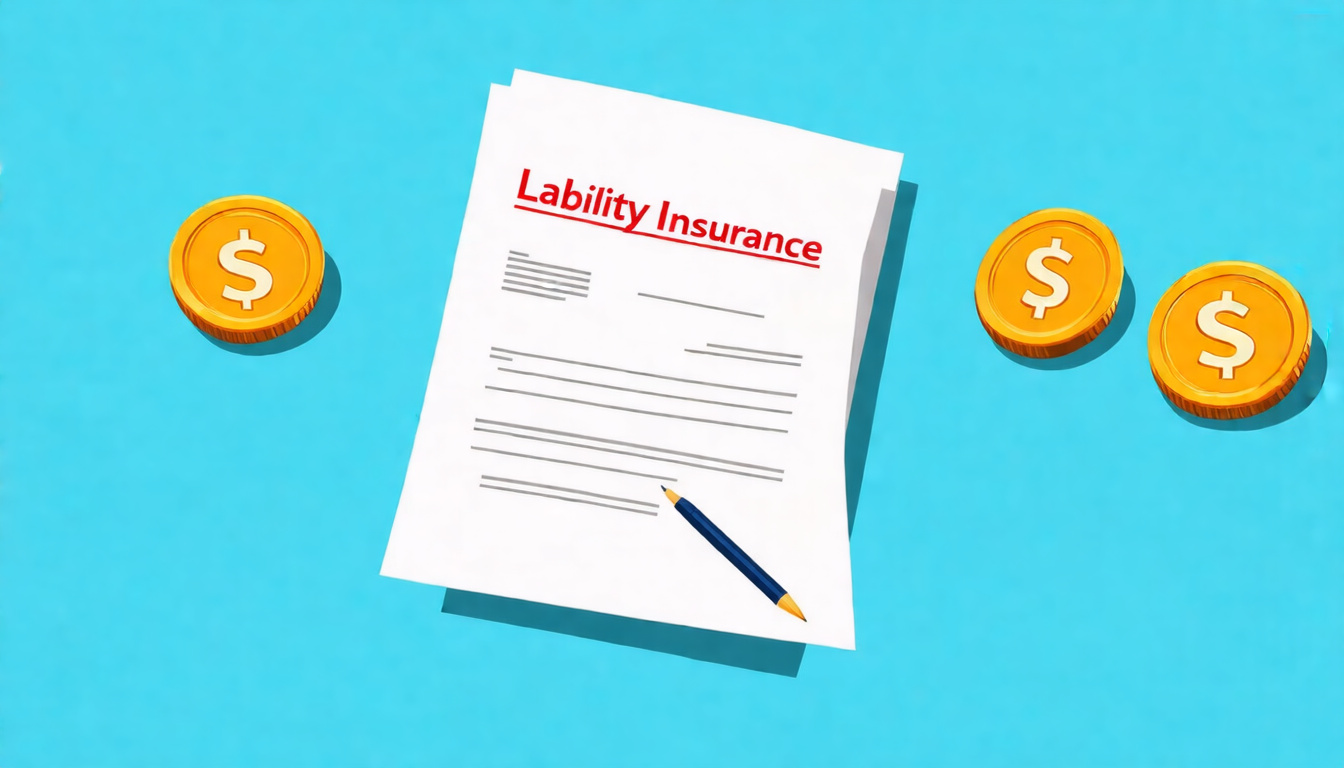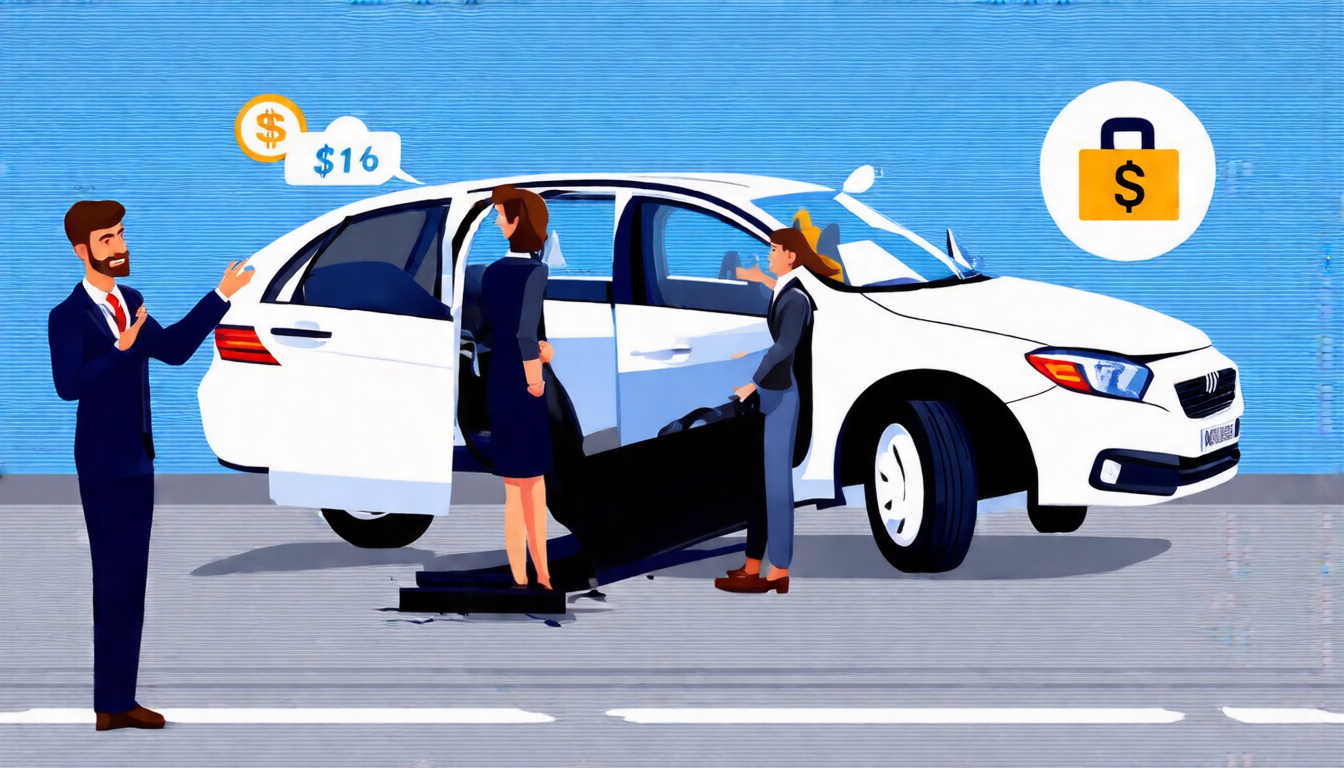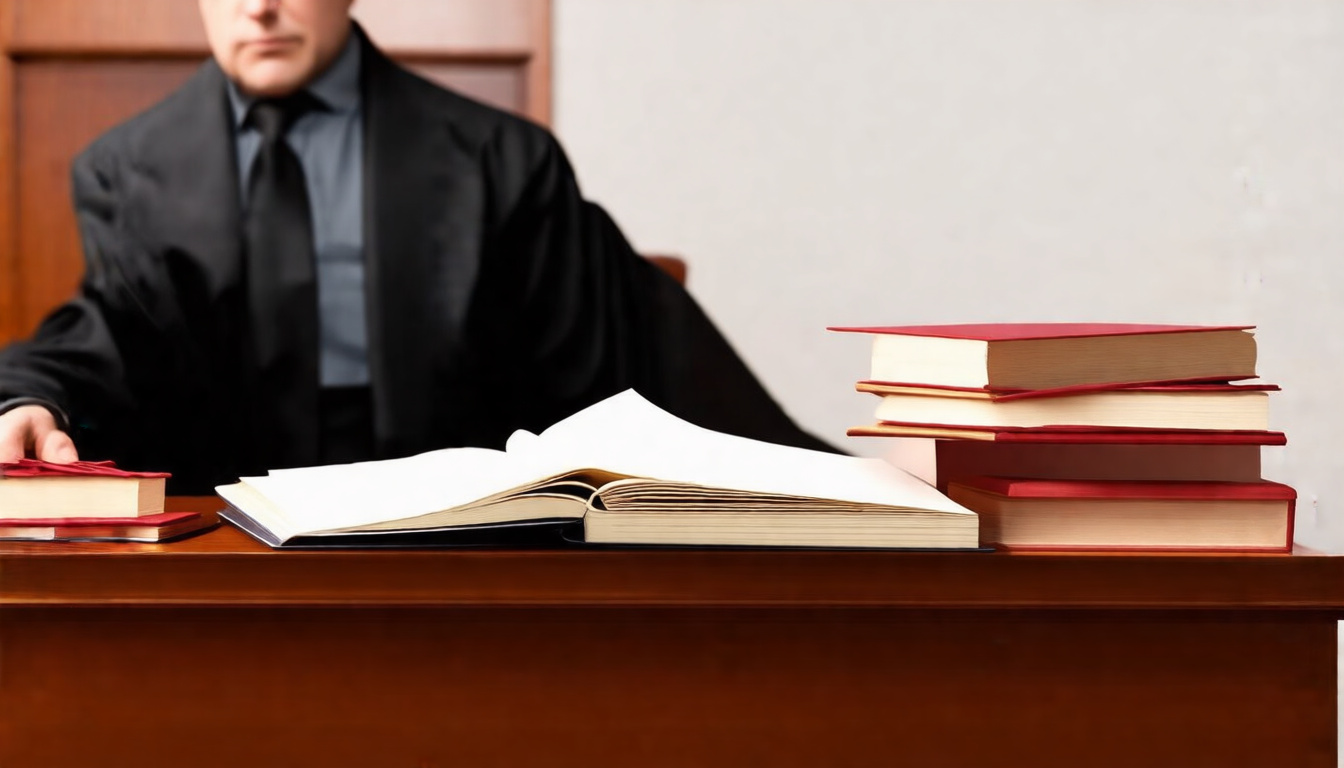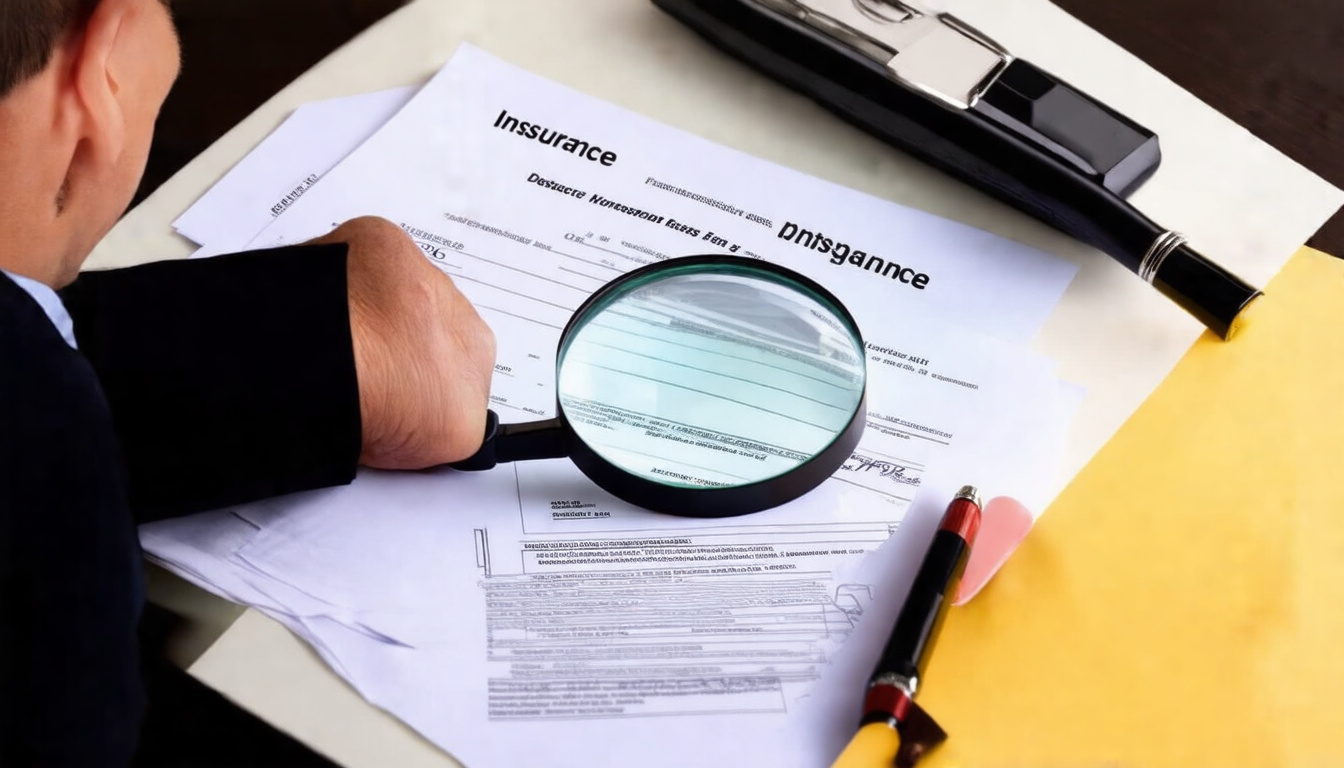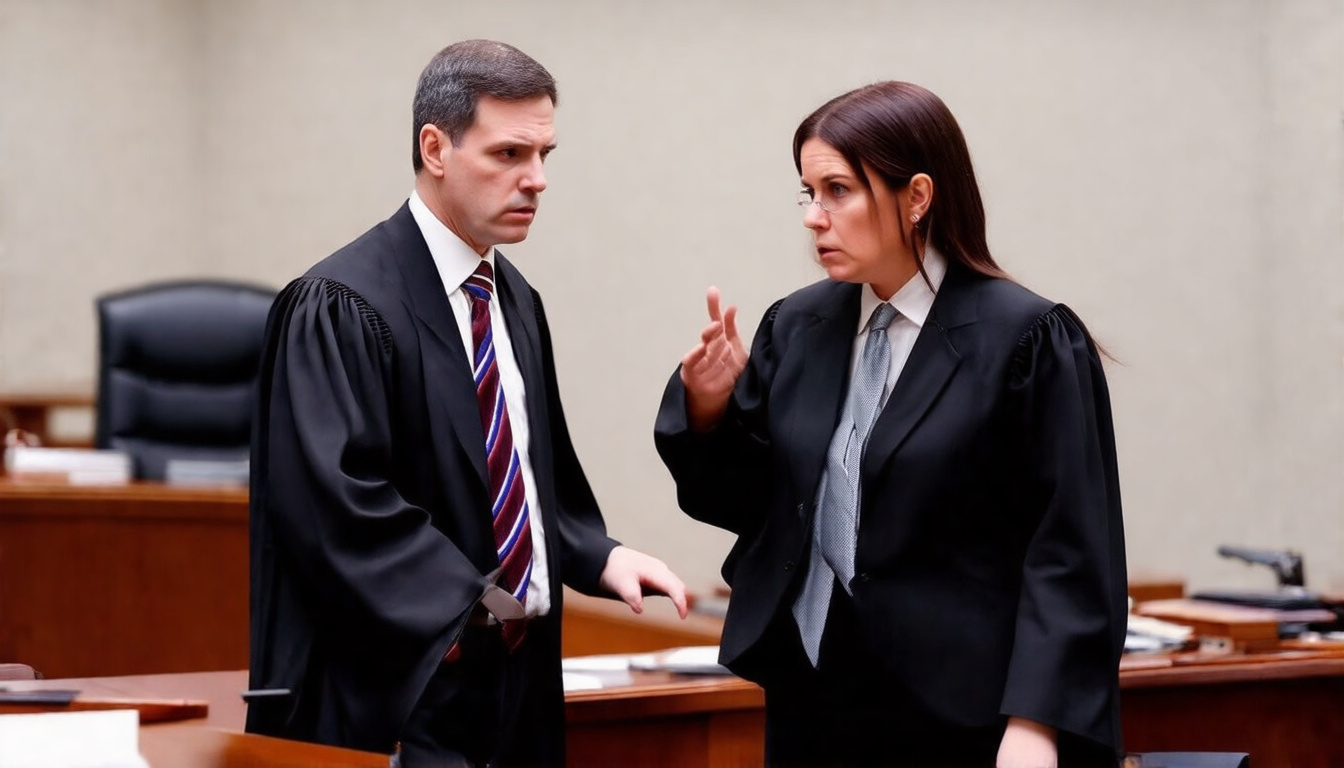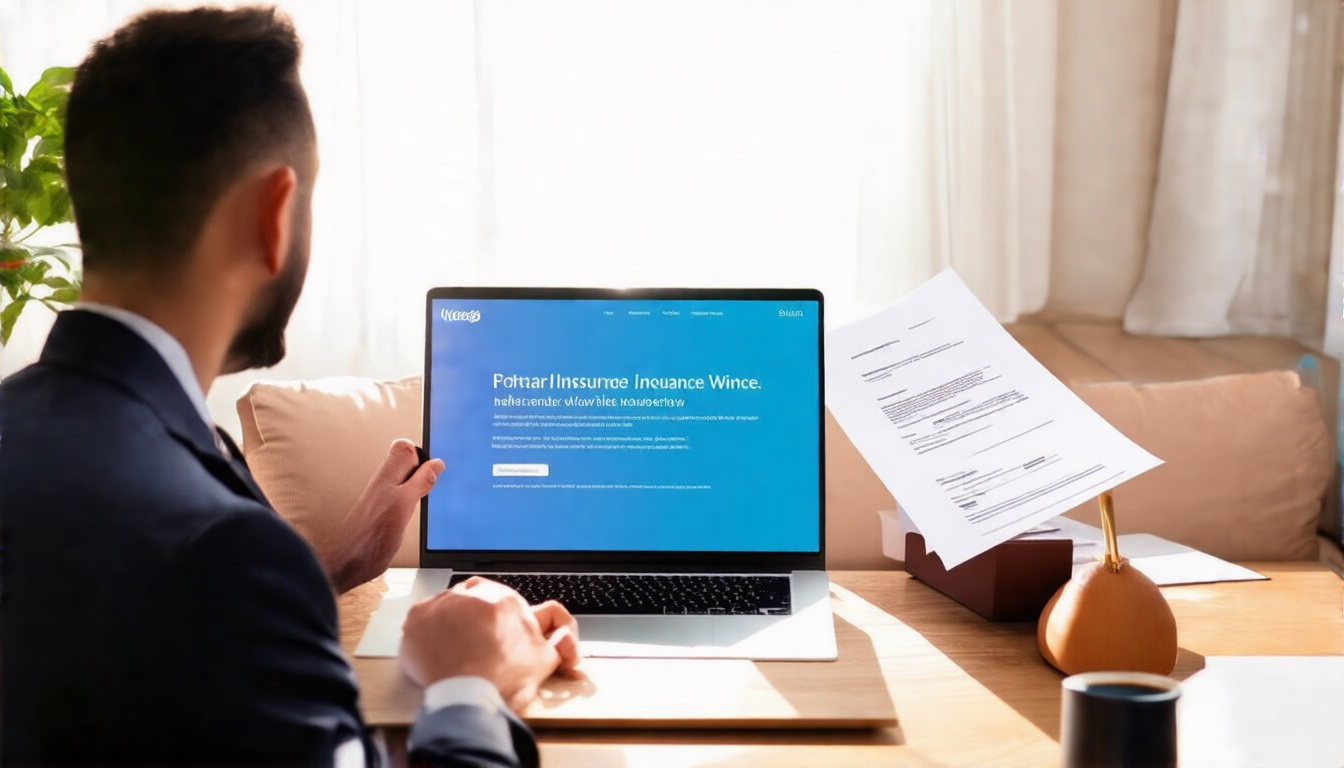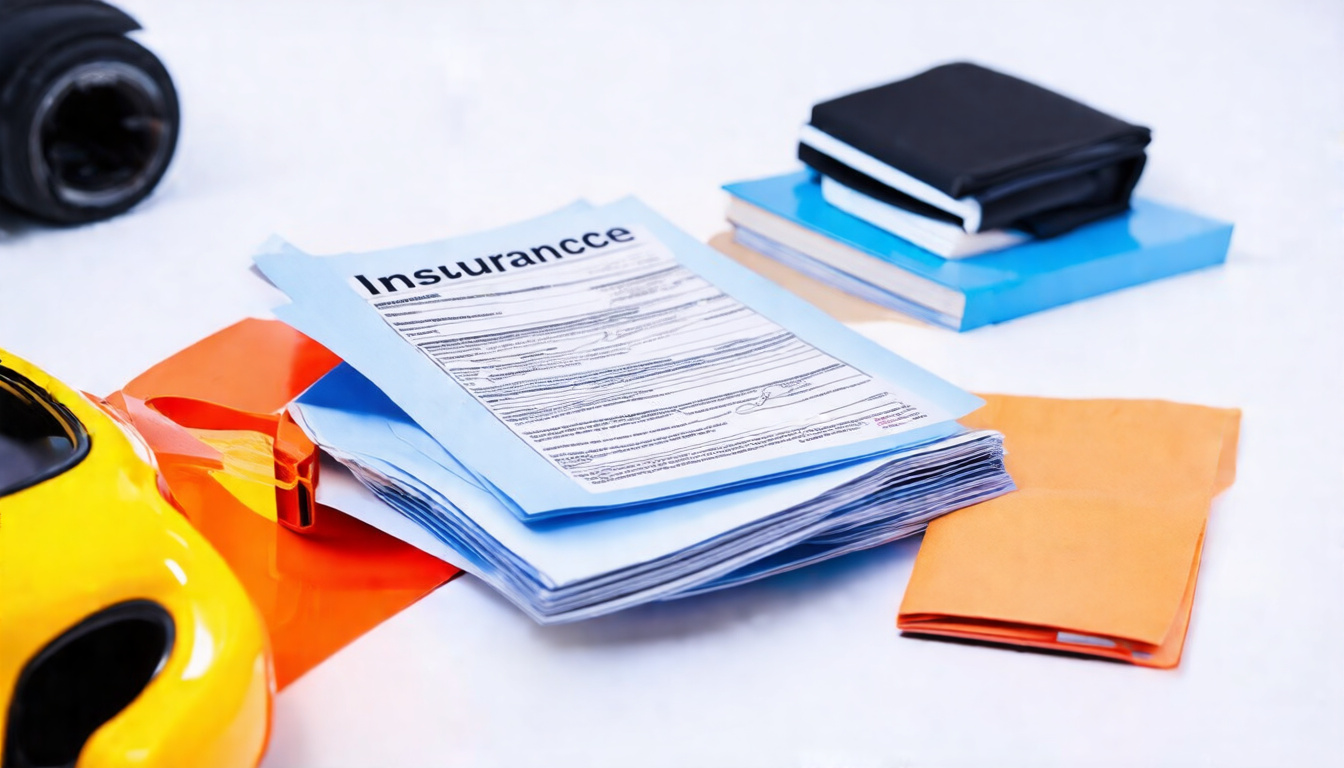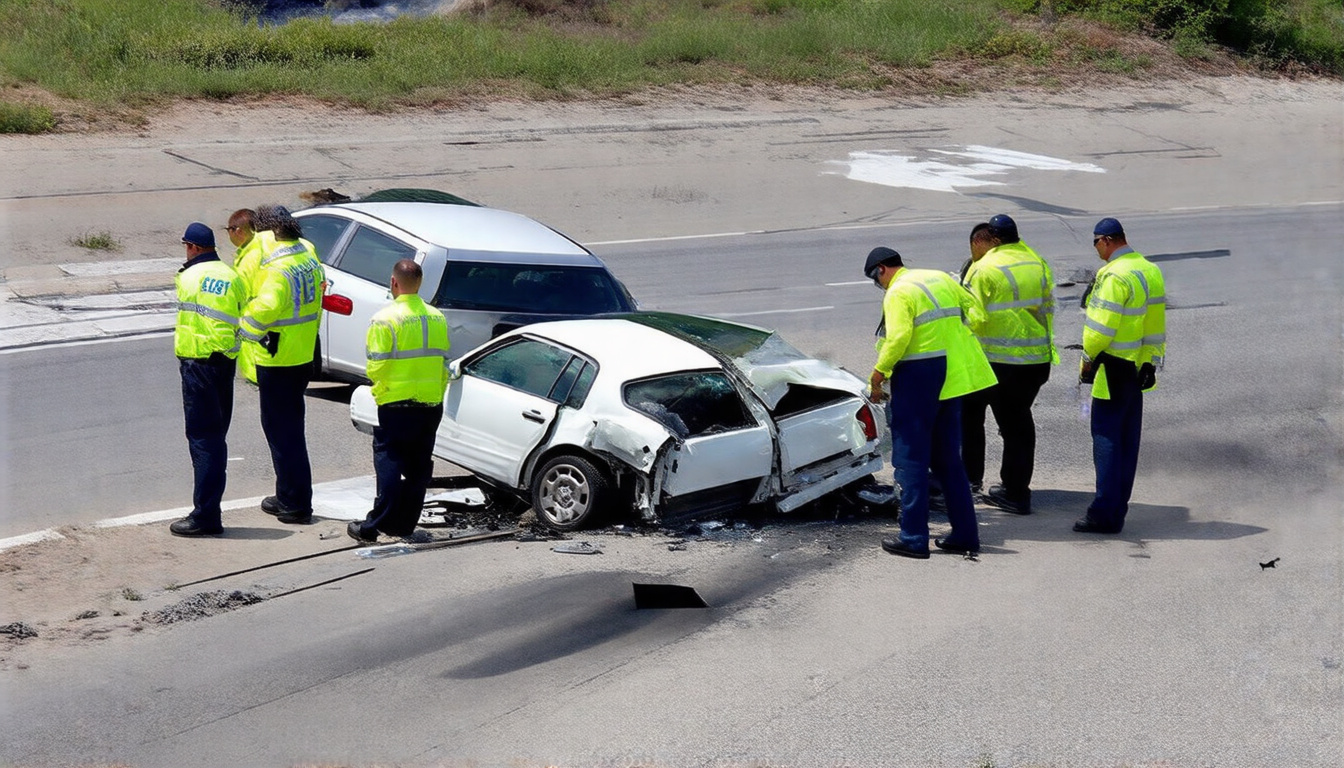When it comes to protecting your financial security, understanding liability coverage limits is crucial.
These limits set the maximum amount your insurer will pay when you cause injury or damage.
They keep you from being underinsured and stop you from paying too much.
Knowing these limits balances your need for protection with cost.
Whether you buy auto, homeowners, or business insurance, knowing how these limits work helps you avoid financial risk and gain peace of mind.
This article offers a clear guide on liability coverage limits.
It explains how they are built, why they count, and how you can choose the right limits for your case.
What Are Liability Coverage Limits?
Liability coverage limits are the top-dollar amounts an insurer will pay under your policy’s liability section.
They kick in when you are legally blamed for hurting someone or damaging property.
These limits often appear as two or three numbers.
For example, an auto insurance policy may list limits as 100/300/50.
This means:
- $100,000 per person for bodily injury
- $300,000 total per accident for bodily injury
- $50,000 for property damage per accident
In short, your insurer will pay up to $100,000 for one injured person, up to $300,000 if multiple people suffer injury, and up to $50,000 for any property damage.
Why Liability Coverage Limits Matter
Liability limits affect how much protection you get when an accident or lawsuit occurs.
If your limit is too low, you might have to pay the extra money yourself.
Consider these key points about why liability limits matter:
- Financial Protection: They cover your legal fees, medical bills, repair costs, and settlements up to the limit.
- Legal Requirement: Many states demand specific minimum limits on auto or homeowners insurance.
- Peace of Mind: With enough limits, you protect your assets from claims that go beyond your coverage.
- Risk Management: Higher limits cut down your risk if you cause a major accident or damage valuable property.
Types of Liability Coverage Limits
Different policies show limits in different ways:
1. Auto Liability Coverage Limits
Auto insurance usually displays split limits.
They show per-person, per-accident, and property damage limits, like the 100/300/50 example.
These limits apply when you are at fault in a vehicle accident.
2. Homeowners Liability Coverage Limits
Homeowners insurance offers personal liability coverage if you or family members hurt someone or damage property.
These limits tend to appear as one total amount per incident, often starting at $100,000. ### 3. Commercial Liability Coverage Limits
Businesses use general liability insurance.
This coverage protects against bodily injury, property damage, or personal injury claims (like libel or slander).
Commercial policies often start at $1 million, reflecting higher risk exposure.
How to Choose the Right Liability Coverage Limits
Choosing the best liability limits depends on factors in your life:
- Assets and Net Worth: If you own much property or savings, higher limits shield your wealth from lawsuits.
- Risk Exposure: Consider your lifestyle, vehicles, property value, and activities.
For example, owning a pool or hosting many events can boost your risk. - State Minimums: Always meet or beat your state’s minimum insurance limits.
- Affordability: Balance higher limits with your budget.
Higher limits usually mean higher premiums, yet the extra safety is often worth the cost. - Umbrella Insurance: If you need extra protection, an umbrella policy adds more coverage beyond your main policies.

Benefits of Higher Liability Limits
- They offer wider financial protection against big claims.
- They increase the chances that claims are paid without your extra money.
- They provide stronger legal defense in court.
- They help safeguard your personal assets.
Understanding How Limits Apply During a Claim
When you face a liability claim, your limits work as follows:
- Claim Amount Assessment: Your insurer checks the damage for injuries, repairs, or legal fees.
- Policy Limits Applied: The insurer pays up to what your policy allows.
- Exceeding Limits: You must pay for any amount that goes over these limits.
This extra cost can lead to wage garnishments or asset liens. - Multiple Claims in One Incident: An overall cap (aggregate limit) restricts the total payout, so all claims share the same pool of funds.
Liability Coverage Limits: Common Mistakes to Avoid
Avoid these errors when choosing your liability limits:
- Only picking the state-required minimum can lead to weak protection in real accidents.
- Overlooking your personal assets and lifestyle risks when setting coverage.
- Failing to update your limits after major life changes, such as buying a home or car.
- Forgetting the value of an umbrella policy that adds extra liability protection.
- Believing that your health insurance or credit card covers liability claims; they usually do not.
Quick Summary: How to Protect Your Finances With Liability Coverage
- Regularly review your current liability coverage.
- Increase your limits when your net worth or risk grows.
- Add umbrella insurance for extra coverage above standard limits.
- Compare different policies and premiums to get strong protection at a fair price.
- Talk with an insurance expert to tailor the coverage to your needs.
Frequently Asked Questions About Liability Coverage Limits
Q1: What happens if someone sues me for more than my liability coverage limit?
If damages or settlements go over your limits, you will have to cover the rest from your own funds.
This is why having enough coverage is important for protecting your assets.
Q2: Can I increase liability coverage limits after buying an insurance policy?
Yes, you can request higher limits at renewal or at any time during your policy.
Simply contact your insurer or agent.
Q3: Are liability coverage limits the same for all types of insurance?
No, each type of insurance—auto, homeowners, or commercial—has its own way of setting these limits.
Authoritative Insight on Liability Coverage
The Insurance Information Institute advises that right liability limits are key to cementing your financial future.
They suggest buying limits that protect your assets and go beyond the state minimums, especially given rising medical and legal costs.
Conclusion: Secure Your Financial Future by Choosing the Right Liability Coverage Limits
Choosing the proper liability coverage limits is a smart way to protect yourself from lawsuits and claims.
Do not leave your financial security to chance.
Review your current limits, assess your risks, and get strong protection today.
Doing so gives you peace of mind and shields your income and assets from heavy liability costs.
Ready to strengthen your financial safety net?
Contact your insurance provider or trusted agent to review your limits and explore options that fit both your budget and your need for protection.
Your financial security matters and is worth the effort.
Author: Doyle Weaver, Attorney at Law
Home | Estate Planning | Personal Injury | Hill Country Lawyer | Terms of Service | Privacy Policy
© 2025 Digital Law Firm, P.C.
Disclaimer: The content provided in this blog is for educational and informational purposes only. It is not intended to constitute legal advice or establish an attorney-client relationship. The information presented does not address individual circumstances and should not be relied upon as a substitute for professional legal counsel. Always consult a qualified attorney for advice regarding your specific legal situation. The author and publisher are not liable for any actions taken based on the content of this blog.
